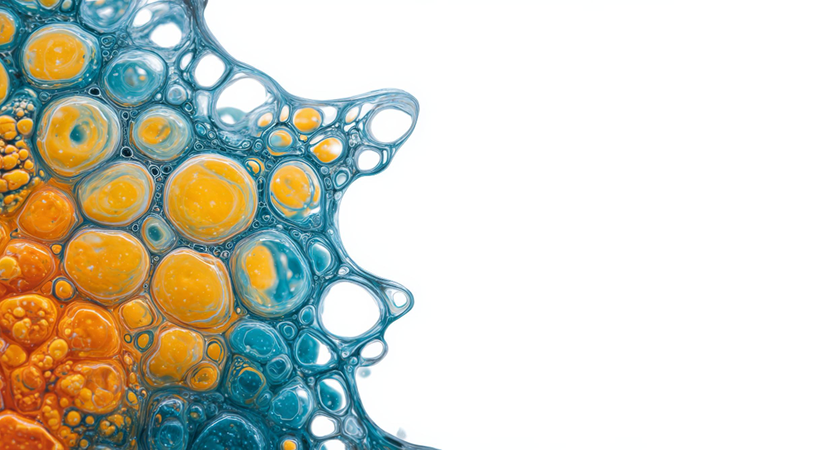
Market Trends
How 2025 Changed Pharma: The Mergers & Acquisitions That Truly Mattered
A deep dive into the biggest pharma mergers of 2025 and how targeted acquisitions reshaped pipelines, innovation strategy, and long-term growth.
Ravindra Warang | Jan 01, 2026

Research
From Human Inspection To Machine Vision: The Future Of AI-Powered Contamination Detection In Pharma
AI vision systems are reshaping pharma quality control by detecting contamination faster, improving consistency, and strengthening compliance.
Simantini Singh Deo | Dec 24, 2025

Innovation
Next-Gen CAR-T Cells: Overcoming Tumor Microenvironment Challenges
Next-gen CAR-T cells are designed to overcome the tumor microenvironment and finally make solid tumor immunotherapy possible.
Mrudula Kulkarni | Dec 22, 2025

Research
The Antibiotic Resistance: Zosurabalpin And The War On Superbugs
Zosurabalpin is a first-in-class antibiotic targeting Gram-negative superbugs and offering new hope against antimicrobial resistance.
Vaibhavi M. | Dec 22, 2025

Research
Alzheimer’s breakthrough pipelines In The pharmaceutical Industry
Alzheimer’s drug pipelines are evolving as amyloid antibodies, oral agents, and precision trials redefine disease-modifying strategies.
Vaibhavi M. | Dec 22, 2025

